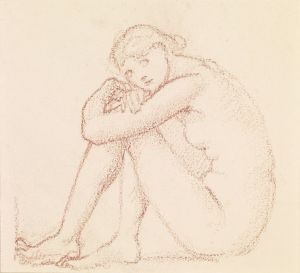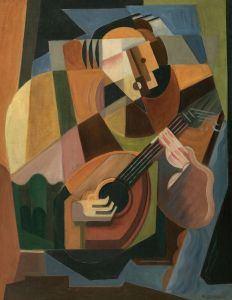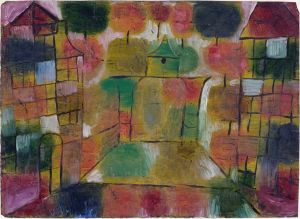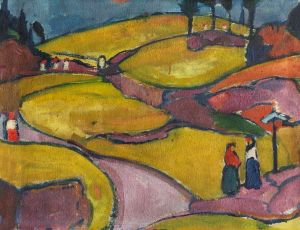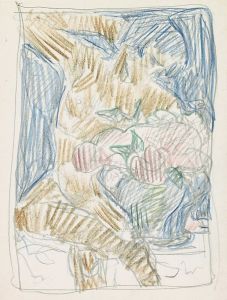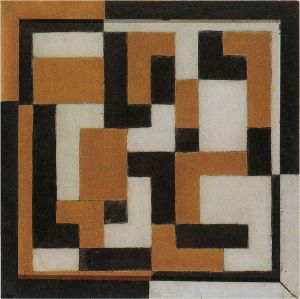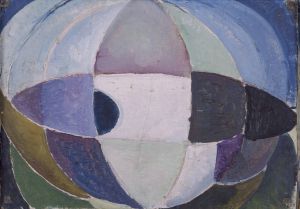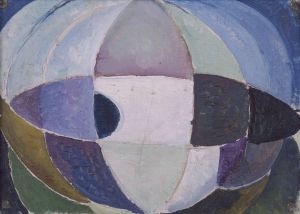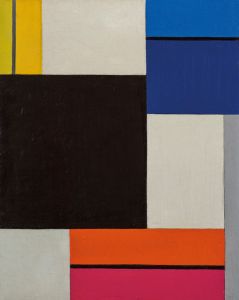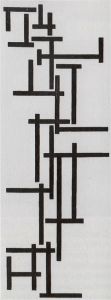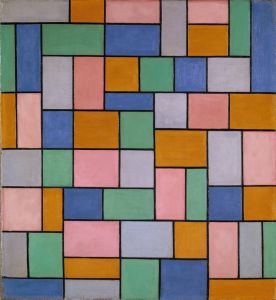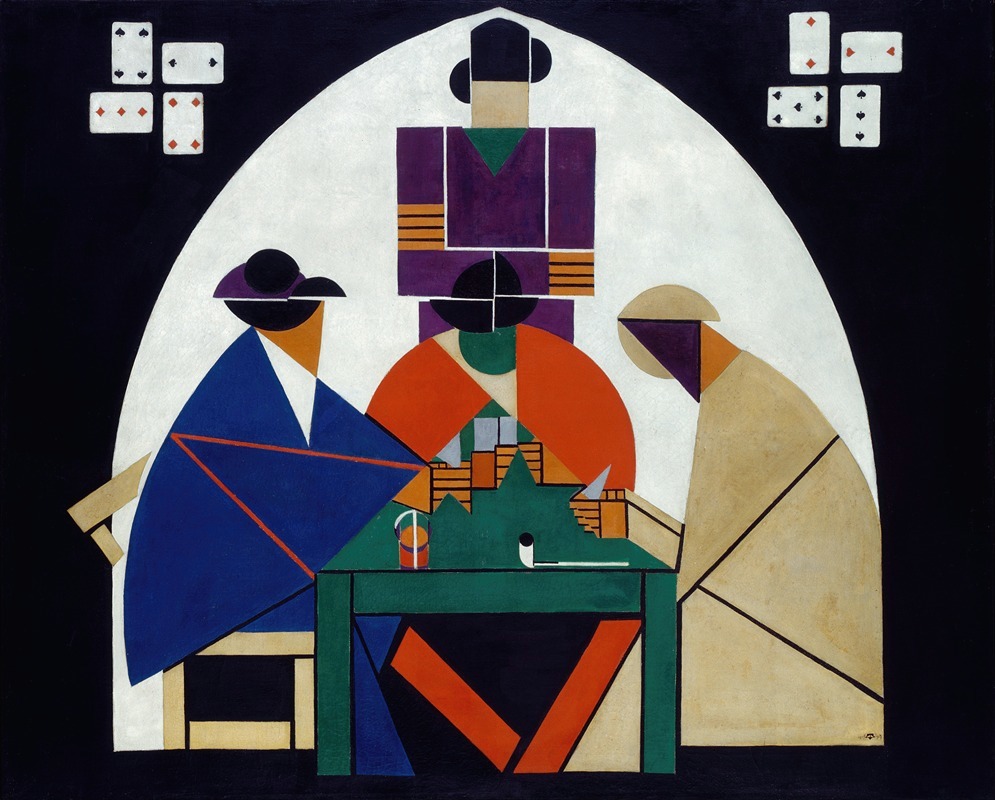
The Cardplayers
A hand-painted replica of Theo van Doesburg’s masterpiece The Cardplayers, meticulously crafted by professional artists to capture the true essence of the original. Each piece is created with museum-quality canvas and rare mineral pigments, carefully painted by experienced artists with delicate brushstrokes and rich, layered colors to perfectly recreate the texture of the original artwork. Unlike machine-printed reproductions, this hand-painted version brings the painting to life, infused with the artist’s emotions and skill in every stroke. Whether for personal collection or home decoration, it instantly elevates the artistic atmosphere of any space.
Theo van Doesburg, a prominent Dutch artist and a key figure in the De Stijl movement, created "The Cardplayers" in 1916-1917. This painting is an exemplary work that showcases van Doesburg's transition from figurative art to a more abstract style, which would later define his contributions to the De Stijl movement. The painting reflects his interest in simplifying forms and experimenting with color and composition, which were central themes in his artistic development.
"The Cardplayers" depicts a scene of individuals engaged in a card game, a subject that has been explored by various artists throughout history. However, van Doesburg's interpretation is distinct due to his use of geometric shapes and a limited color palette, which aligns with the principles of De Stijl. This movement, co-founded by van Doesburg and Piet Mondrian, emphasized abstraction and universality by reducing visual compositions to their essential elements, such as basic forms and primary colors.
In "The Cardplayers," van Doesburg employs a cubist-inspired fragmentation of forms, which was influenced by his exposure to the works of Pablo Picasso and Georges Braque. The figures in the painting are broken down into geometric shapes, creating a dynamic composition that challenges the viewer's perception of space and form. This approach not only highlights van Doesburg's innovative style but also marks a pivotal moment in his artistic journey towards abstraction.
The color scheme in "The Cardplayers" is characterized by muted tones, primarily consisting of browns, grays, and blues. This restrained palette serves to unify the composition and directs the viewer's attention to the interplay of shapes and lines. Van Doesburg's use of color and form in this painting reflects his desire to convey a sense of harmony and balance, which are key tenets of the De Stijl philosophy.
"The Cardplayers" is significant not only for its artistic qualities but also for its historical context. Created during World War I, the painting reflects the broader cultural and artistic shifts occurring in Europe at the time. Artists were increasingly seeking new ways to express the complexities of the modern world, and movements like De Stijl emerged as a response to these changes. Van Doesburg's work during this period laid the groundwork for his later contributions to architecture, design, and art theory.
Today, "The Cardplayers" is recognized as an important work in van Doesburg's oeuvre and is appreciated for its innovative approach to form and composition. It serves as a testament to van Doesburg's role in shaping modern art and his enduring influence on subsequent generations of artists. The painting is housed in the Kröller-Müller Museum in Otterlo, Netherlands, where it continues to be studied and admired by art enthusiasts and scholars alike.





